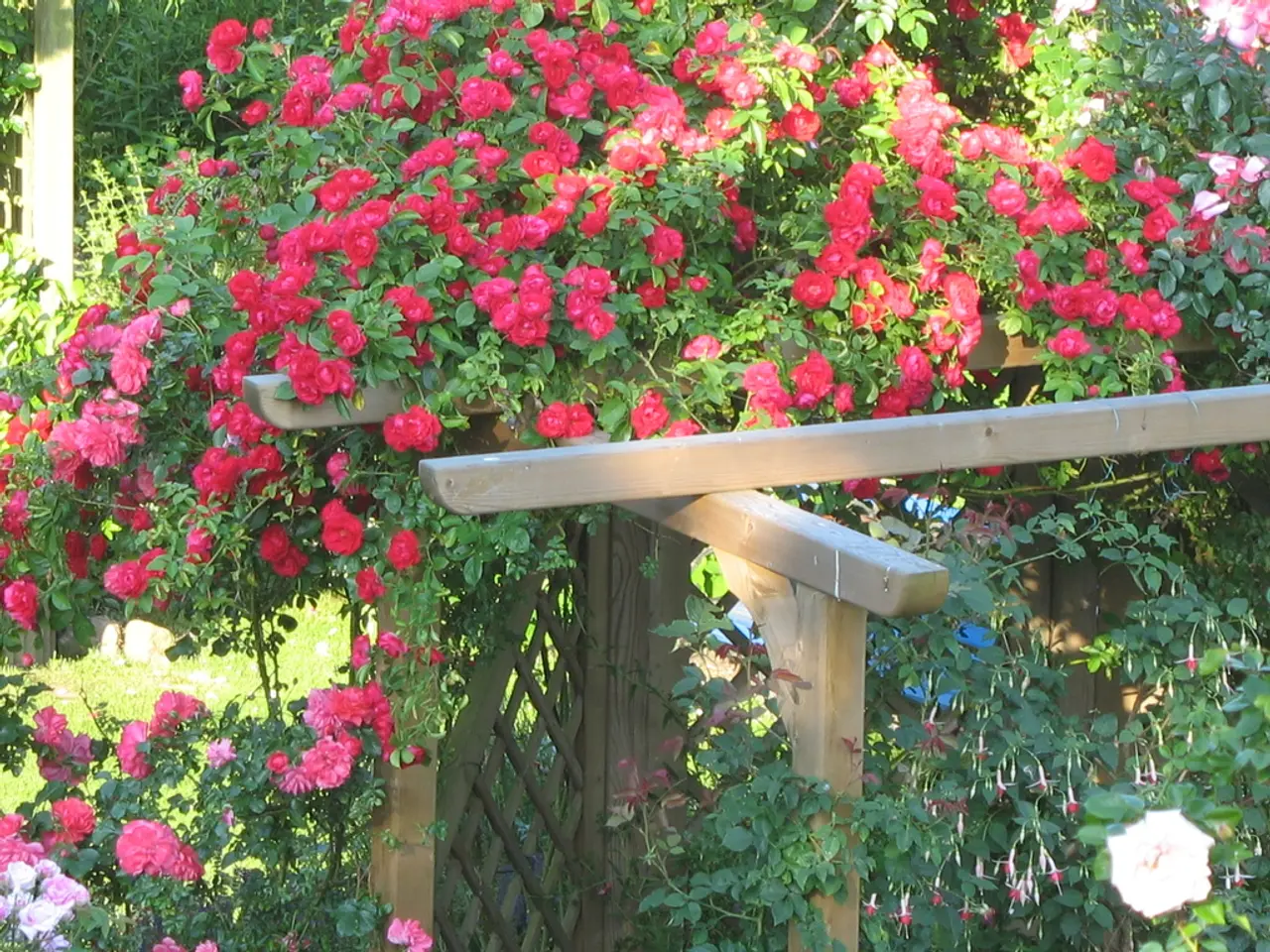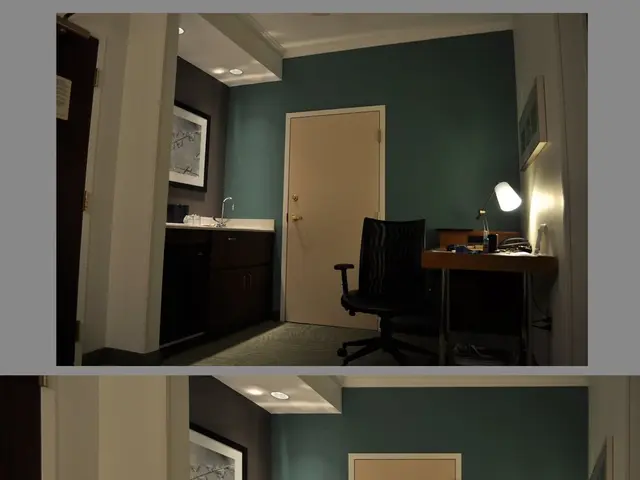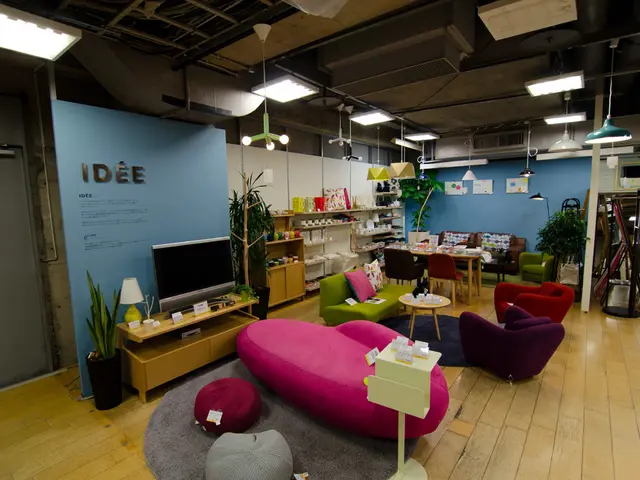Fifteen innovative vertical garden concepts
In a quest to make the most of limited garden space, vertical gardening has emerged as a popular and creative solution. By utilising various methods and materials, you can transform your walls and fences into vibrant, productive, and visually appealing outdoor features.
One such method is the use of wire mesh or fencing, which can be attached to walls or fences to support climbing plants. This not only saves ground space but also provides greenery coverage. Another option is vertical planters, such as tiered planters, stacked pots, or wall-mounted planter pockets, which can create multi-level garden displays on walls or fences for herbs, succulents, or flowers.
For those seeking a more robust support system, trellises or arbors can be installed to grow climbing vegetables like tomatoes, cucumbers, beans, or ornamental vines. Tall, well-anchored trellises made of metal or wood are preferred for durability and plant support.
Repurposing wooden pallets as vertical planters is another space-saving idea, while gutter gardens mounted horizontally on walls or fences can grow shallow-rooted plants such as lettuce or strawberries. Old ladders can be used to hold pots at different heights, adding vertical interest and charm to your garden.
Large panel trellises placed along fences or garden beds can double growing space and support a mix of vegetables and fruiting or flowering vines, combining beauty and productivity. Fence and net combinations, where chicken wire or garden netting is attached to fences and used to grow flowering climbers like nasturtiums or vegetables like cucumbers, can soften fence lines and add privacy with a living screen.
For a more modern touch, consider incorporating geometric metal screens or backlit panels combined with vertical plants to transform fences and walls into focal features in your outdoor space. For advanced setups, vertical hydroponics can be used to grow plants without soil, maximising space.
Perennial climbers like roses and clematis can brighten boundaries and will come back year after year. In small gardens, displaying containers in tiers on ladders or plant stands can add more flowers to balconies and small patios. Growing vertical veg like runner or climbing beans on obelisks, trellis, or fences can help pack more vegetables into your garden.
An auricula theatre can be used to give north- or east-facing walls a lift in spring, providing cool outdoor conditions for the plants. Planting pleached trees creates a boundary that provides screening at head height and leaves space at ground level, adding a formal look.
When choosing plants for a vertical garden, opt for compact plants that provide year-round interest and are fairly drought-tolerant in hot weather. Some recommended evergreen climbers include star jasmine, winter-flowering Clematis cirrhosa, and ivy.
For those interested in investing in living wall planters, consider shopping at Crocus, Growing Revolution, or Walls of Plants. When setting up your vertical garden, it's essential to consider the type of green wall suitable for your garden, including whether you can connect to mains water for drip irrigation systems.
By embracing vertical gardening, you can make the most of your outdoor space, creating a lush, green, and productive oasis right at your fingertips.
By incorporating vertical planters like tiered planters and wall-mounted planter pockets, one can transform walls into multi-level garden displays for various plants. Additionally, large panel trellises can double growing space, combining beauty and productivity in a home-and-garden lifestyle.







